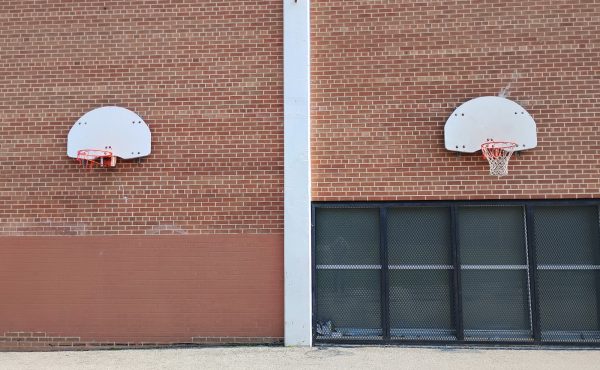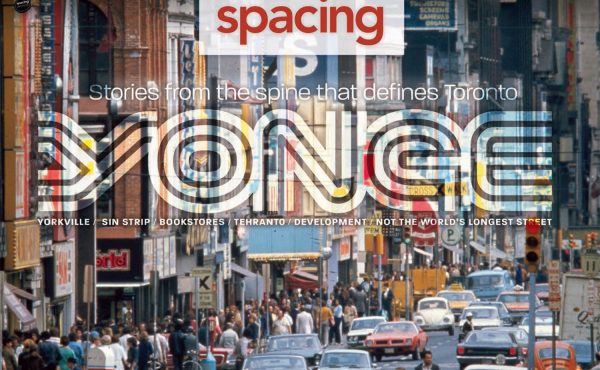We think of the Toronto islands as a nice-to-have, a lovely space for recreation and escape from the city. But in fact Toronto owes its very existence to those islands, specifically, the sheltered harbour they create.
Indigenous peoples had no great need for harbours – the canoes they used for water-borne transportation could be carried up to safety on shore, or travel up rivers. But the larger ships that European settlers depended on for transportation, supplies, and trade (especially before the arrival of the railways) had to be anchored in the lake when not in use – and if exposed to the full fury of a Lake Ontario storm while at anchor, would be in danger of being sunk or dashed to pieces. They needed a harbour – a place where they would be sheltered while at rest. And the Toronto Islands – then a peninsula – provided an ideal harbour on the northern shore of the lake.
In the town’s early years, inhabitants speculated about the idea of making the waterfront a place of beauty, for promenades by the lakeside. But the needs of commerce for a rapidly expanding city, and then the advent of the railways, quickly turned the central waterfront into a place of trade, transportation, and industry for more than a century. The same demands led to the gradual expansion of the shoreline into the harbour, a process tracked by Chris Bateman in his online article on Toronto’s changing shoreline that accompanies this new issue. Only on the islands, and in Sunnyside and bits of Etobicoke in the west and The Beaches and bits of the bluffs in the east, did some of that recreational dream take root.
With the retreat of industry at the end of the 20th century, Toronto once again began to dream of an attractive central waterfront where residents could go to play, stroll, and enjoy the cool lake breeze. In 2007, we published an award-winning “Water” issue that looked at the waterfront. Since then, much has changed – mostly but not entirely for the better – and we thought revisiting the potential of the waterfront would be an apt subject for a summer issue.
Some of the most remarkable transformations have been well-covered, so we don’t go into depth on them here. The creation of a new mouth of the Don River is one of the most astonishing feats of landscaping in North America, highlighted by the newly opened Biidaasige Park. The string of parks created by landscape architect Claude Cormier (Sugar Beach, Love Park, Leslie Street Lookout) have brought a sense of delight to these reclaimed spaces. The Queen’s Quay road transformation created new space for walking, cycling, and transit. Entire new communities have sprung up from Etobicoke to the East Bayfront, and more are planned eastward.
There have been regressions, too. The provincial government destroyed the West Island of Ontario Place (a few years after a different government established the lovely Trillium Park on the east side). The streetcar route intended to serve the new communities east of downtown remains unfunded. The once-iconic Amsterdam Bridge that gave visitors a shortcut from Harbourfront Centre to the quay to its west has been allowed to literally fall apart. It’s a bizarre concatenation of clashing jurisdictions, priorities, and funding that we can build an astonishing new river but can’t fix a little pedestrian bridge.
In exploring the waterfront, we’ve looked beyond some of these highlights and lowlights to less frequently discussed questions that nonetheless fundamentally shape this civic treasure. If Toronto exists because of its harbour, how has the shipping it shelters shaped the shoreline? By contrast with the rest of the built-up city, the waterfront provides a blank slate that opens space for architectural creativity – but how can these new buildings best shape and reflect their lakeside environment? What is the potential for public art in these new spaces? How can we take full advantage of the waterside to expand swimming opportunities for new residents and visitors? And why can’t we get that streetcar line going?
The waterfront is also the outlet for water from the city, and in our front section we feature a joint project with the Humber School of Journalism that examines the impact of climate change and the increasingly intense storms it brings on Toronto’s sewer system. Elsewhere in the front section, to mark the demise of The Bay, the last of the great Canadian department stores, Jamie Bradburn looks at how these cathedrals of commerce shaped the city. Meanwhile, to keep you in the mood for patio season, Bob Georgiou looks back at the origins of coffee houses in Toronto. And there’s more. All in all, an issue to help you savour your summer.
This issue is available now at the Spacing Store at 401 Richmond St. W., and soon at fine book and magazine stores, as well as arriving soon in subscribers’ mailboxes.





